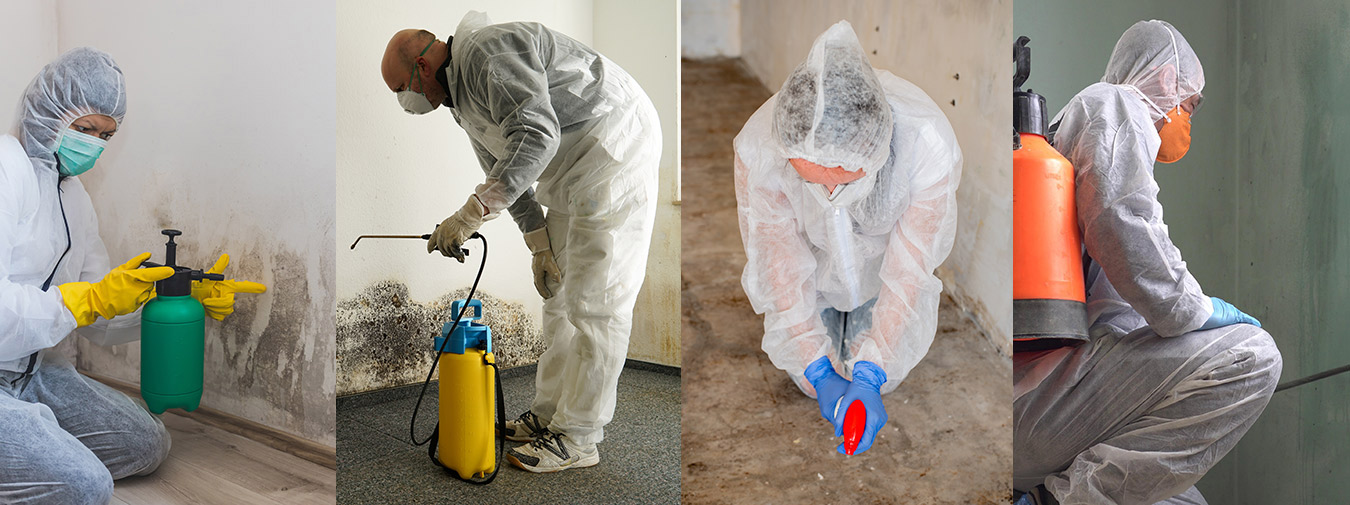Mold Through the Ages: A Historical Journey Through Its Surprising Influence
Mold —often regarded as a nuisance in modern times—has played a surprisingly significant role throughout history, shaping cultures, economies, and even medicine. From ancient times to the present day, its influence has been both remarkable and unexpected.

The Role of Mold in Ancient Egypt: Revolutionizing Bread making
In ancient Egypt, mold played a crucial role in the production of one of the most valuable commodities of the time: bread. Egyptians discovered that leaving dough out in the open allowed it to ferment, leading to the growth of mold. This mold, known as Saccharomyces cerevisiae, helped leaven the bread, giving it a light and airy texture. Thus, mold inadvertently revolutionized the art of baking and contributed to the sustenance of ancient civilizations.
Mold and Medicine: The Discovery of Penicillin and Its Impact
Centuries later, mold would again make its mark, this time in the realm of medicine. In the late 1920s, Scottish bacteriologist Alexander Fleming stumbled upon a curious phenomenon while conducting experiments with bacteria. He noticed that a mold called Penicillium notatum had contaminated one of his Petri dishes and inhibited the growth of bacteria around it. This chance discovery led to the development of penicillin, the world’s first antibiotic, which revolutionized modern medicine and saved countless lives.

Mold in the Middle Ages: Brewing Beer and Fermenting Wine
During the Middle Ages, mold played a vital role in the production of alcoholic beverages, particularly beer and wine. Brewers and winemakers relied on wild yeast strains present in the air to ferment their beverages, unknowingly harnessing the power of mold to create some of the world’s most beloved libations. This fermentation process not only provided sustenance but also became a cornerstone of cultural and social traditions in Europe and beyond.
Modern Culinary Contributions: Cheese, Soy Sauce, and Beyond
In more recent history, mold has been utilized in the production of various foods and beverages, including cheese, soy sauce, and tempeh. Cultures around the world have harnessed its transformative properties to create diverse culinary delights. From the creamy textures of blue cheese to the umami-rich flavors of soy sauce, mold has proven to be a valuable ally in the kitchen.
The Dark Side of Mold: Challenges in Modern Times
Despite its historical significance and beneficial applications, mold also poses significant challenges, particularly in modern times. In homes and buildings, mold growth can lead to structural damage, respiratory issues, and allergic reactions. Left unchecked, mold can become a serious health hazard, compromising indoor air quality and safety.
Mitigating Mold Risks: Modern Solutions for a Safer Environment
Fortunately, companies like TCB EnviroCorp specialize in mold remediation , helping homeowners and businesses mitigate the risks associated with mold infestations. Using advanced mold inspection and remediation techniques, these professionals ensure that living and working spaces remain safe and healthy. Their expertise helps address both the immediate concerns of mold removal and the long-term prevention of future mold growth.
Mold’s story is one of duality—a historical journey of both remarkable contributions and persistent challenges. Understanding its influence on our past and its implications for the present allows us to appreciate this humble organism’s profound impact on humanity.






